Property of the Week: Renovated Stone Villa by the Kastela Sea
October 16, 2019 - A trip to the Adriatic coast between Split and Trogir to Kastela for the latest TCN property of the week.
Between two UNESCO World Heritage Sites on the Adriatic coast lies a piece of Dalmatia that is often overlooked by tourists. Arriving at Split Airport, most passengers head into the city of Split, whose centrepiece is Diocletian's Palace, while those in the know looking to enjoy a warm and easy welcome on their first evening make the short journey to the gorgeous old town of Trogir. And between the two UNESCO sites and jewels of Dalmatian tourism lies seven villages known as Kastela, each with their own fantastic heritage and stone traditions, each with their own beaches. And largely overlooked by the many tourists who drive between Split and Trogir.
And they are missing out, for Kastela is a fascinating place - here are just 25 things to know about Kastela, but there are many more things, including some great real estate opportunities close to the beach. The week's Trogstan Property of the Week comes from Kastel Stari, a gem for stone lovers close to the water.
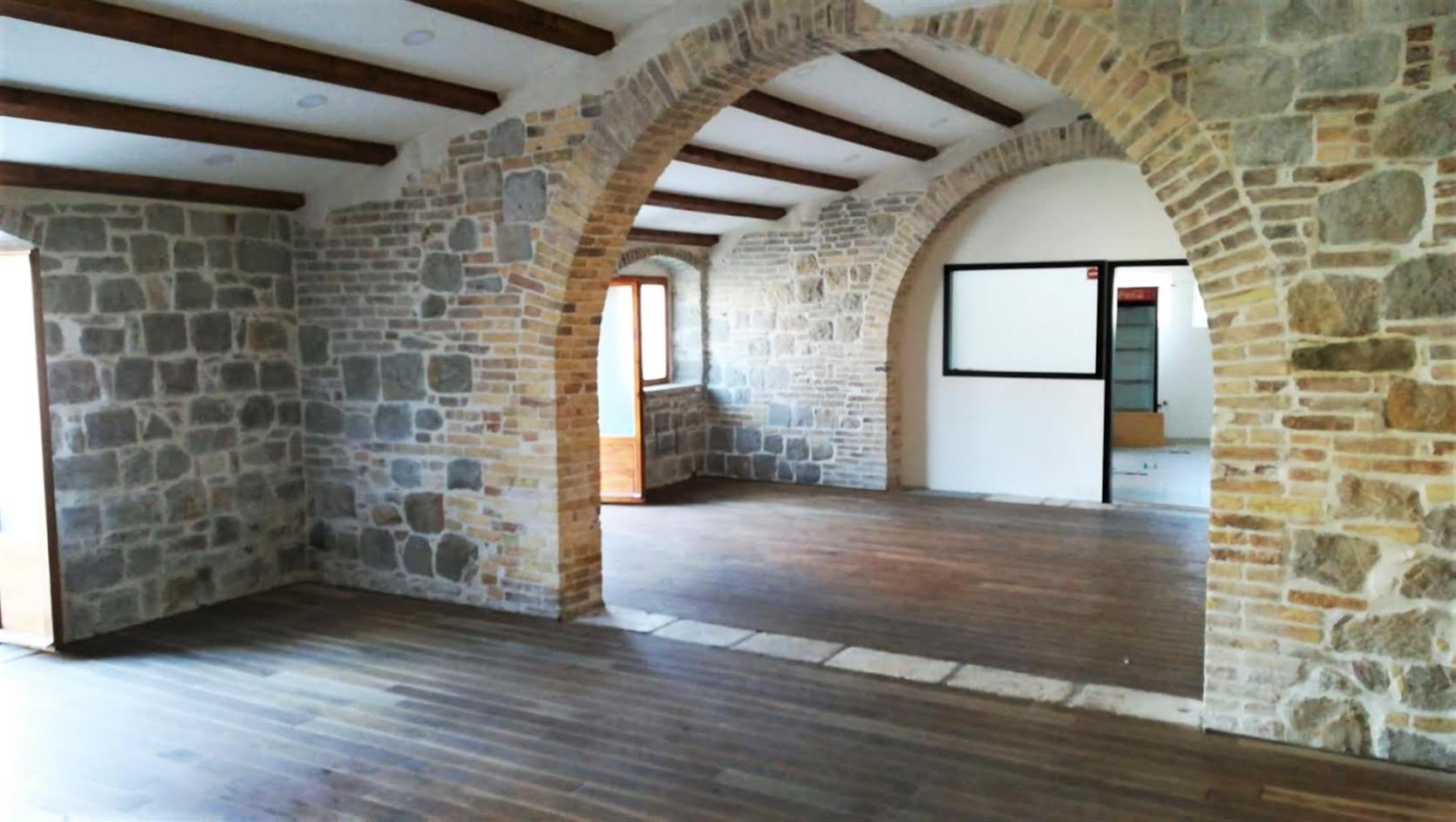
EXCLUSIVELY OFFERED BY TRGOSTAN:
A fantastic fully renovated stone property located 2nd row from the sea in Kastel Stari, of 300 sqm in total, two floors, on a 2764 sqm land plot, with a 45 sqm backyard, ideal for different purposes - residential/commercial, all connections, usage permit.
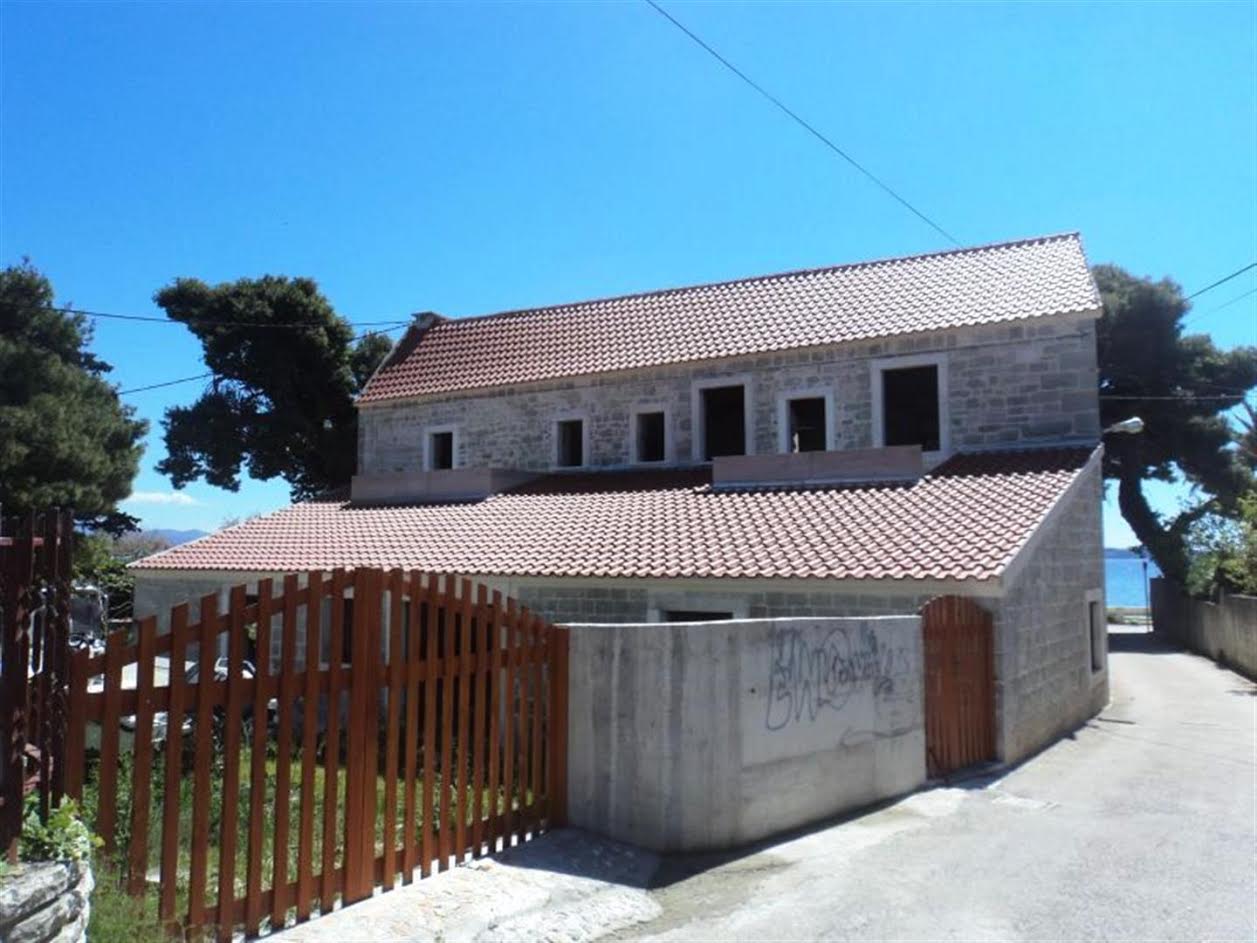
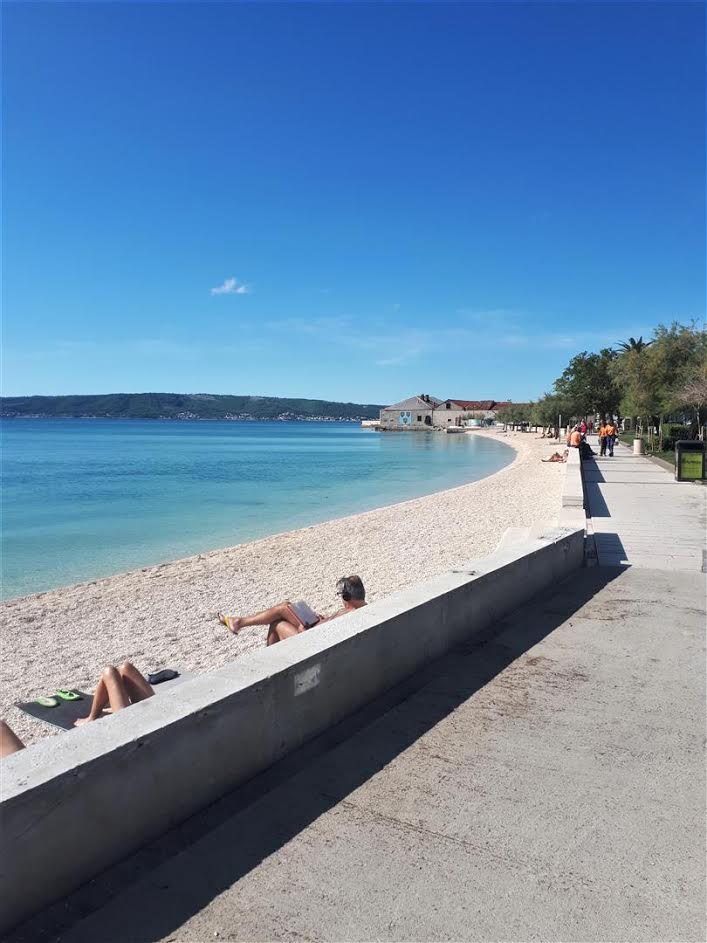
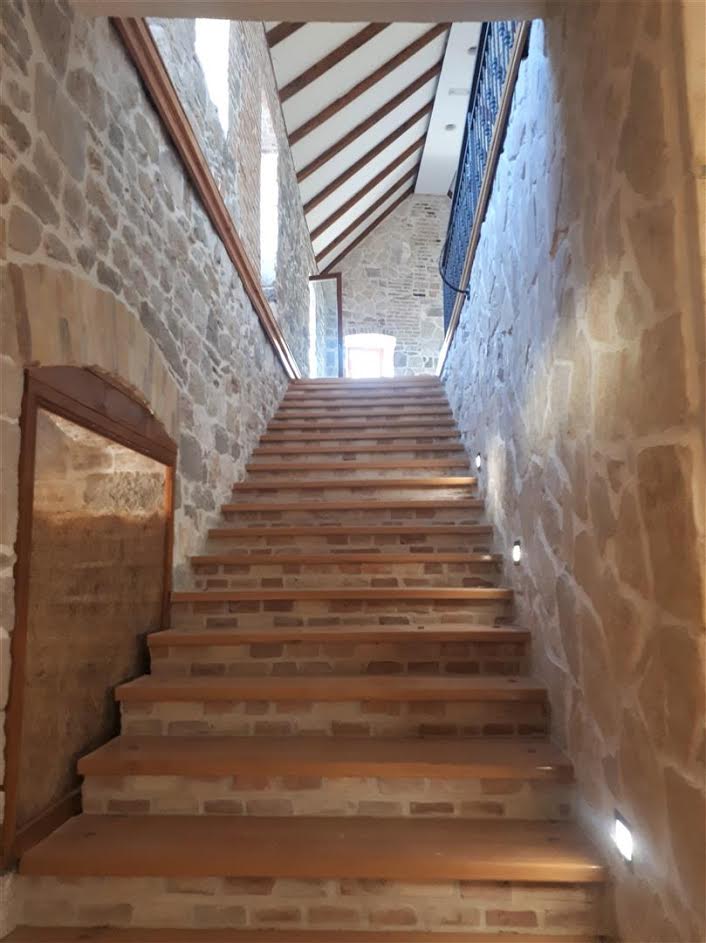
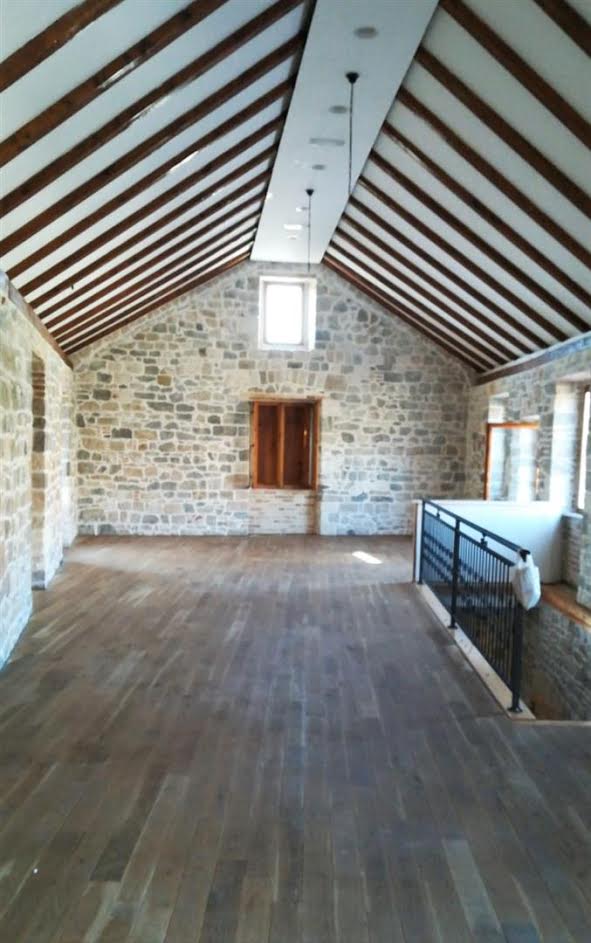
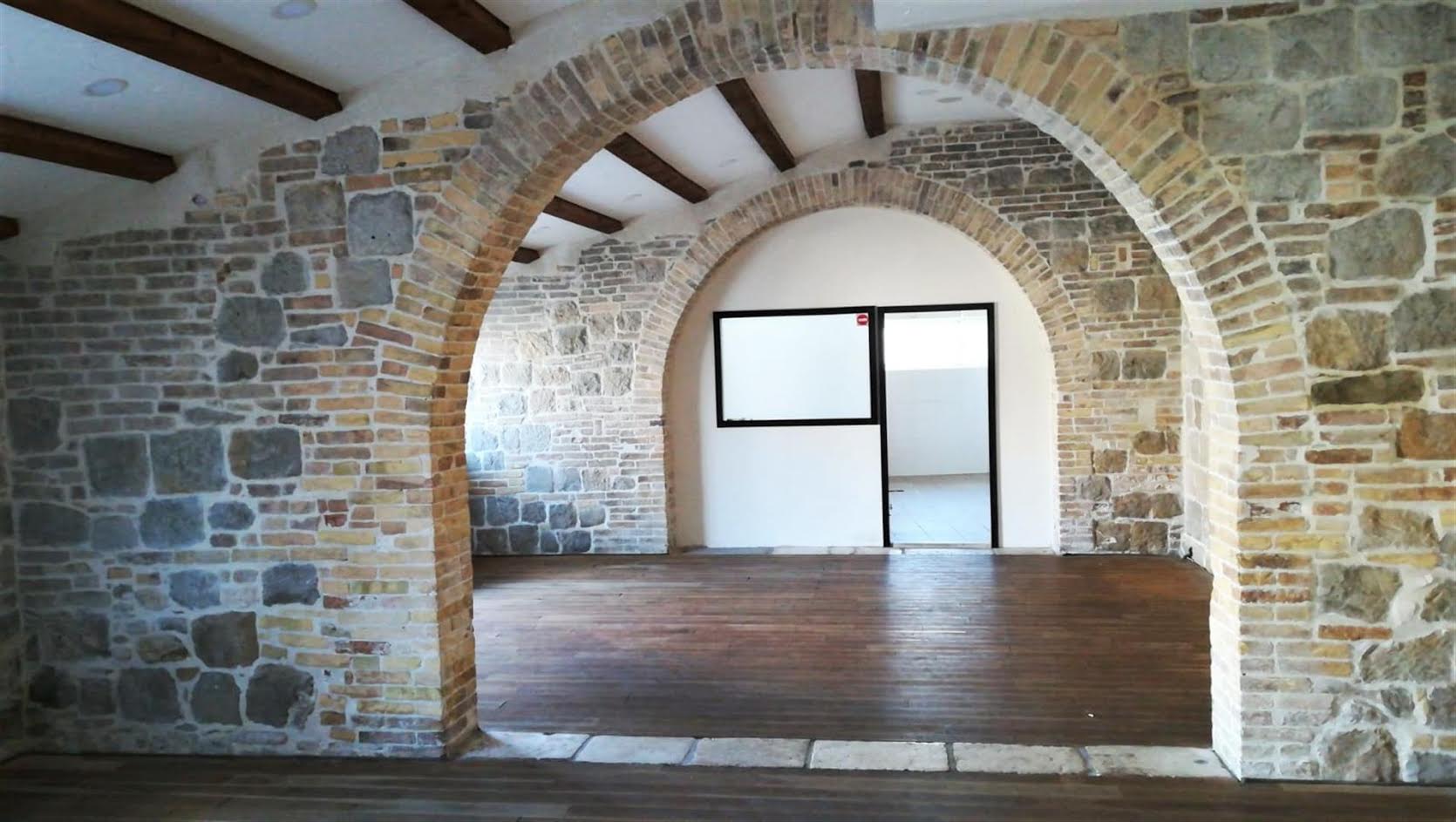
For more photos, information and to book a viewing, check out the original Trgostan listing.
Croatia Among Countries with Highest Increases of House Prices
ZAGREB, October 7, 2019 - In the second quarter of 2019, Croatia was among EU countries with the most marked increases in housing prices compared to the same period of 2018, and those price increases were more than two times higher than the European average, show figures released by the European statistical office Eurostat on Monday.
Prices in Croatia grew 10.4% in Q2 compared to Q2 2018. The growth of house prices thus picked up year-on-year, after a 7.4% increase in the first three months of 2019.
A more marked increase in housing prices was reported also by Hungary, +14%, and Luxembourg, +11.4%. In Portugal, housing prices grew by 10.1%.
According to available data, a year-on-year decrease in prices was reported only by Italy, of 0.2%.
Housing prices, as measured by the House Price Index, rose by 4.2% in both the euro area and the EU in the second quarter of 2019 compared with the same quarter of the previous year.
Compared with the previous quarter, prices increased in all member states for which the data were available. The highest increases were recorded in Latvia (+5.6%), Luxembourg (+5.1%) and Cyprus (+4.2%).
In Croatia, prices in Q2 grew by 2.6% compared to Q1, when they went up 3.5%.
None of the countries reported a quarterly decrease in prices.
At the EU level, housing prices in Q2 grew by 1.6% from Q1, when they grew by 0.4% according to revised data.
The quarterly increase in prices was even faster in the euro area, of 1.7%, as against a 0.3% increase in Q1.
More real estate news can be found in the Business section.
Property of the Week: Rare Chance to Buy in Gorgeous Korcula Old Town
September 18, 2019 - TCN is off to the birthplace of Marco Polo for the latest Property of the Week, a rare chance to buy in the idyllic old town of Korcula.
It is, quite simply, one of the most divine places on the Adriatic coast, a small stone settlement of such perfection and heritage that it is impossible not to fall in love with it at first sight.
Take a moment to appreciate its majesty from this early morning stroll in April this year.
A destination which is taking the right approach to tourism - quality over quantity, with a focus on its indigenous strengths - culture, heritage, gourmet, sailing and nature.
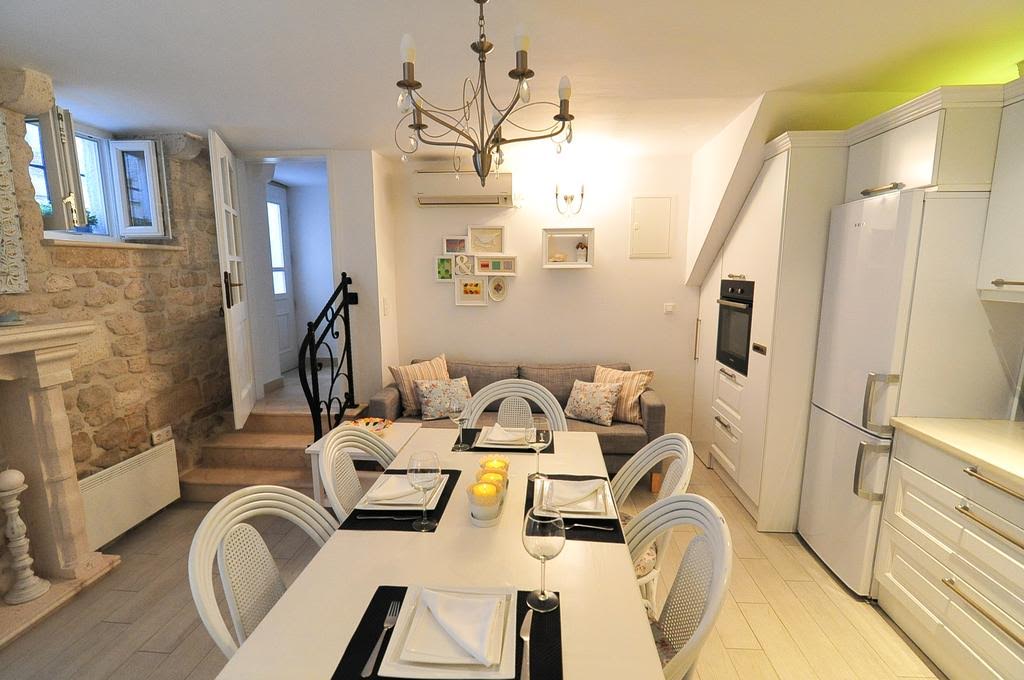
And now, a slice of historic Korcula could be yours! In the words of our friends from Trgostan:

An old stone house in one of the most sought-after locations in the Adriatic, within the historic core of Korcula old town, on four floor and of 120 sqm net (indoor area), consists of a one-bedroom two-story apartment and two en-suite bedrooms, so it may function as three rental units or as a spacious three bedroom/three bathroom house, with old stone preserved details, fully and tastefully furnished and equipped, in a quiet street, but very close to the sea and all amenities, rarely on the market.

For more information, prices and to book a viewing, check out the original Trgostan listing.
To learn more about this magical island, check out the Total Croatia Korcula in a Page guide.

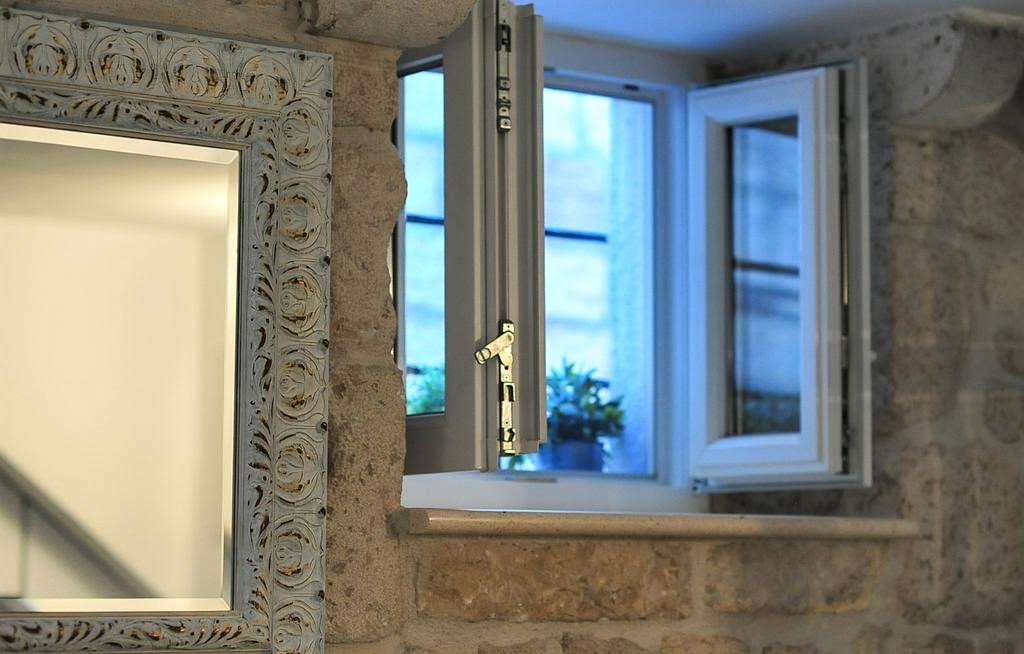
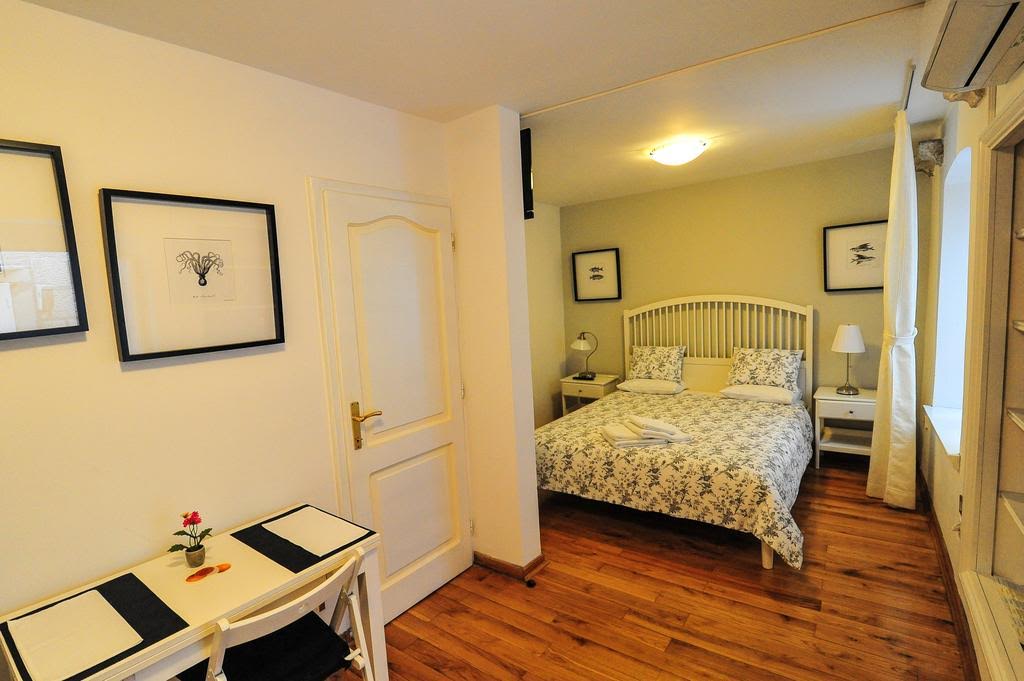
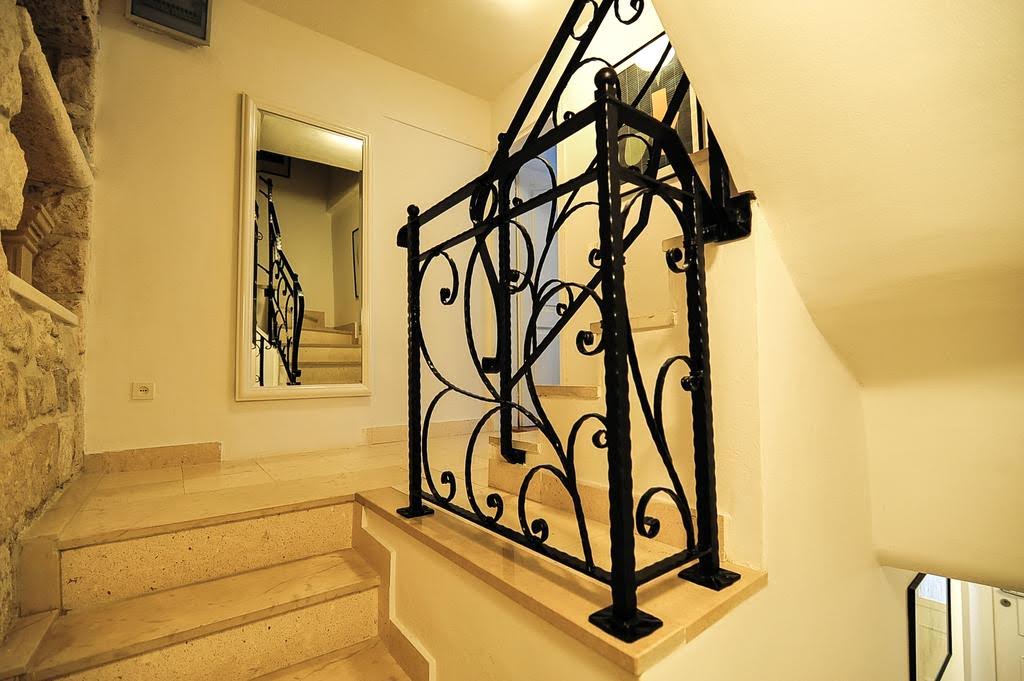


Croatia Real Estate Transactions Reach 810 Million Euro
ZAGREB, February 28, 2019 - The volume of real estate transactions on the Croatia real estate market in 2018 was 810 million euro, which is twice as much as in 2017 and the result of a positive investor sentiment and attractive returns, while this year a similar investment volume is expected, mostly in the tourism sector and on the office space market.
This is shown by the latest analysis of the Croatian office of Colliers International for 2018 and estimates for 2019 which the company's consultants presented at a news conference on Thursday.
Colliers Croatia director Vedrana Likan said that this year, apart from tourism and office space, new investments were also expected in the currently least developed sector of commercial real estate - industrial and logistic real estate.
Demand in 2018 was greatest in category A office space and office space with an area of more than 500 square metres, while the average rent price for such space ranged between 12 and 13 euros per square metre (not including VAT).
The tourism sector, specifically hotels and shopping centres, accounts for the largest portion of real estate transactions, of 42% and 47% or 336 million euro and 378 million euro respectively.
Likan said that there was a chronic lack of greenfield investments and that they were what the country's image as an investment destination depended on. She said that she expected office space and buildings to exceed the retail sector (shopping malls) in terms of the market share this year.
As regards the origin of investment capital, in 2018 most of it came from South Africa, accounting for 39.7% of the total volume of investments.
Likan said that it was particularly interesting that Croatian capital accounted for 39.6% of the real estate transactions.
"In 2019 we expect a slowing down of investments from South Africa because after Croatia and Serbia and Southeast Europe in general, as early as 2018 they focused strongly on Central Europe, notably Romania, followed by Poland and Hungary... On the other hand, a Chinese investor arrived in Croatia with the Pelješac Bridge project, which sets a precedent on the Croatian market even though the Chinese are already present in neighbouring countries - Bosnia and Herzegovina, Serbia and elsewhere," Likan said.
She noted that the project would pave the way for more Chinese investments in Croatia.
More news on the real estate market in Croatia can be found in the Business section.
Croatians Buying Cheap Real Estate in Bosnia and Herzegovina
Two winters with a lot of snow and low temperatures, as well as a somewhat better economic situation in Croatia, were enough for lovers of skiing and other winter outdoor activities to start buying cheap real estate in Bosnia and Herzegovina once again, reports Poslovni.hr on February 5, 2019.
Websites are full of ads offering cheap real estate in neighbouring Bosnia and Herzegovina again, especially apartments and holiday homes in the mountains. Everything changed two years ago when the local authorities started investing more and found private ski centre concessionaires.
“As for the real estate prices, there is no rule. Average land price is around 20 convertible marks for a square metre, but it is not the same for a 200 or a 500 square metre plot because the larger ones are more expensive. As for the furnished mountain houses, they cost about 600 marks on average, while unfinished homes are sold for about 300 marks per square metre,” said the owner of a real estate agency, discussing the Blidinje area in Herzegovina.
Another popular area is Kupres, often called the Herzegovinian Alps. “Now is the right time to buy real estate because the prices are lower than ever,” says Dragan Kupreškić, a private investor. “At the peak of the first investment wave in 2007-2008, the price of a square metre of a house reached up to a thousand euro per square, while at Jahorina it went up to two thousand euros. Today, you can find a square metre at Čajuša, in an almost finished apartment house, for between 350 and 470 euro. For some 20,000 euro, you can get a very nice apartment, which is the price of a garage in Split or Zagreb.”
Buyers from Croatia can acquire real estate in Bosnia and Herzegovina more easily now since in 2017 a special agreement was signed between the two countries. There is no more reciprocity, quota or anything similar; all you need is an ID and, of course, money on the bank account. Since recently, the real estate sales at the ski resorts in the neighbouring country have been supported by the local banks as well.
Translated from Poslovni.hr.
More real estate news can be found in the Lifestyle section.
Apartment Asking Prices in Croatia Grow 13% in Two Years
Last year, property owners demanded eight per cent more money for their apartments, while houses saw a rise of 4.5% in the asking prices compared to 2017. In the last two years, apartment asking prices have risen by as much as 13 per cent, while house prices rose more than 7 per cent, according to an annual analysis by Njuškalo conducted on a sample of more than 150,000 real estate ads from its base, reports Poslovni.hr on January 9, 2018.
The website also recorded significant annual growth in the number of visitors to its Real Estate category. In 2018, there were as much as 11 per cent more visits than in 2017, and more than 20 per cent more than in 2016, with a growing trend in the number of visits from abroad. The share of foreign visitors to the Real Estate category was over 12 per cent, with most visitors clicking from Germany, Bosnia and Herzegovina, Slovenia and Austria.
Apartment prices grew most in coastal towns, and in Zagreb and surrounding towns. The average asking price for an apartment in Zagreb now amounts to 1,961 euros per square metre, 10.4 per cent more than at the end of 2017, while the average price of a house with a yard is 1,296 euros.
The price of a square metre in Split has reached 2,792 euros, an increase of 11 per cent compared to December 2017, while the most substantial rise in the prices was recorded in Dubrovnik, with an average of 3,773 euros per square metre, 16 per cent more than the year before.
In Zadar, the asking price increase was even higher than in Split, almost 13 per cent, and the average asking price for an apartment is 2,116 euros per square metre. Rijeka recorded a jump of 4 per cent, and the current average price is around 1,520 euros.
In Samobor near Zagreb, apartment prices increased by 12 per cent, while in Karlovac the jump was slightly smaller (8 per cent). Although the average prices of apartments in larger towns in eastern Croatia used to stagnate or decline, the end of the last year brought a rise in asking prices there as well, according to Njuškalo.
The average price of an apartment in Osijek is 963 euros per square metre, 4 per cent more than in 2017. Slavonski Brod recorded an increase of 2 per cent, and the average price of an apartment there was 802 euros.
As for houses, owners ask for 4,623 euros on average in Dubrovnik, 3,029 euros in Split, and just 510 euros per square metre in Požega in Slavonia.
More news on the Croatian real estate can be found in our Business section.
Translated from Poslovni.hr (reported by Marija Crnjak).
Housing Prices Growth in Croatia Offsets Government Incentives
ZAGREB, January 4, 2019 - Despite the latest government measures, such as lower property sales tax, and planned subsidies for housing purchases, developments on the Croatian real estate market are not in favour of buyers because housing prices have increased by between six and seven percent since 2017, the Croatian Chamber of Commerce (HGK) said on Friday.
With the start of the New Year, property sales tax was cut from four to three percent, and it has been announced that the five-year housing subsidy scheme could be extended for another two years to include couples who already have a child, and not just those who have a child only after they become beneficiaries of the scheme.
"Despite the planned measures, developments on the real estate market are not in favour of buyers because prices of square metre of property throughout Croatia have increased by between six and seven percent since last year," HGK said, recalling that similar increases in house prices had also been recorded in 2017 compared to 2016.
In Zagreb alone, house prices increased by nine percent on average last year, with the average price of square metre jumping to 1,900 euros.
More news on the Croatia’s housing market can be found in our Business section.
Prices of New Flats Rise 4.7%
ZAGREB, September 23, 2018 - The average price of a new flat's square metre in Croatia in the first half of 2018 was 10,829 kuna (approximately 1,460 euro), up 4.7% on the year, according to the national statistical office.
Matrix Office Park Presented in Zagreb
ZAGREB, April 24, 2018 - Construction work on the Zagreb-based Matrix Office Park, a 300-million kuna business complex consisting of two buildings with offices for rent, will be completed by 2019, executives of GTC Group said at a news conference in Zagreb on Tuesday.
Residential Property Prices Increase by 7.6%
ZAGREB, April 12, 2018 - Residential property prices in Croatia increased by 3.2% in the fourth quarter of 2017 compared with the previous quarter and by 7.6% in comparison with the fourth quarter of 2016, according to figures from the National Bureau of Statistics (DZS).


